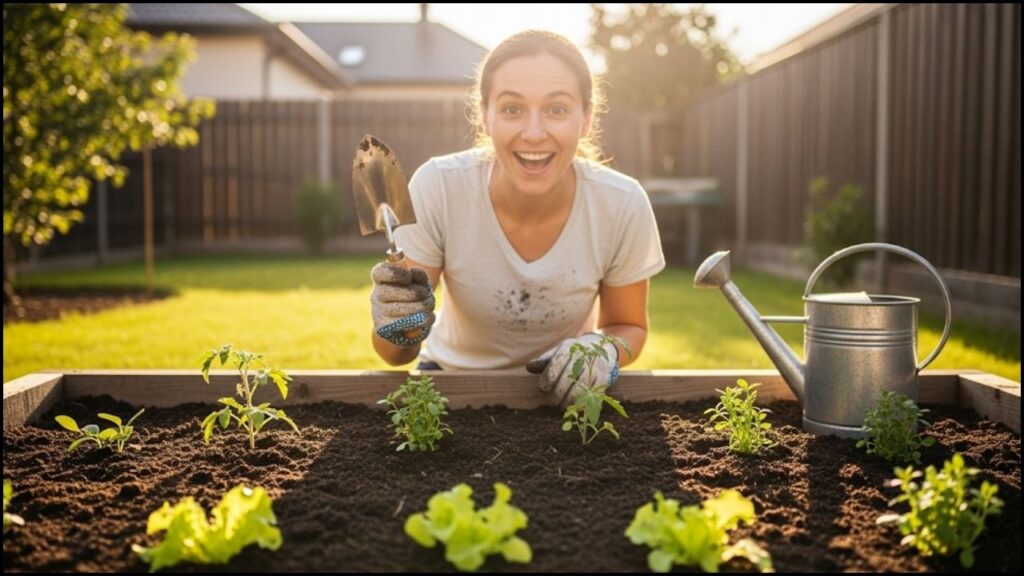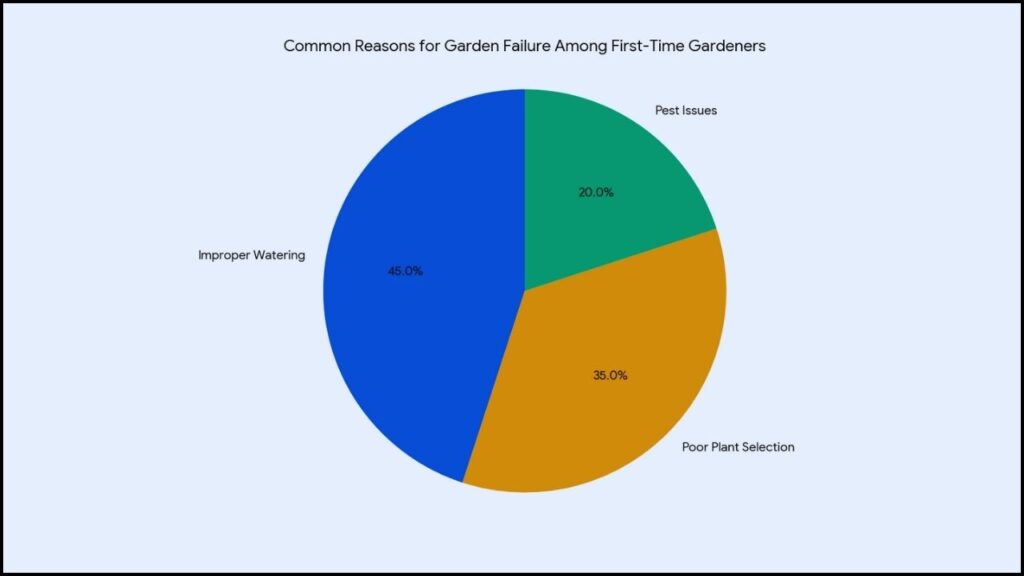
In a trend accelerated by recent global events, millions of households have embraced beginner home gardening, seeking food independence, stress relief, and a connection to the natural world. While the appeal is straightforward, the reality of turning a bare plot into a bountiful harvest is often fraught with challenges. Plant selection, experts say, is the single most critical decision for novice gardeners, dictating the likelihood of success or disappointment.
According to data from the National Gardening Association, participation in food gardening saw a significant increase in the past five years. This surge has led to a parallel rise in demand for horticultural resources, from online guides to community workshops. For many, the initial enthusiasm meets a harsh reality when plants fail to thrive due to pests, disease, or simply being the wrong choice for their climate and skill level.
The Allure and Reality of Cultivation
The motivation behind the recent home gardening boom is multifaceted. For some, it is a response to rising food costs and supply chain vulnerabilities. For others, it is a mental health practice. “The act of growing your own food offers a profound sense of accomplishment and control in a world that often feels chaotic,” said Dr. Elena Vance, a professor of urban agriculture at the University of California, Berkeley. “However, this therapeutic value can be quickly undermined by frustration when early efforts fail to yield results.”
The key to sustaining interest, experts advise, is to manage expectations and choose plants known for their hardiness and high yield for new cultivators. Success in the first season is a powerful motivator for long-term engagement. Conversely, a season of struggle can lead to a quick abandonment of the hobby. The journey from seed to table is often less about the gardener’s “green thumb” and more about informed decisions made at the outset.
Five Challenging Plants for the Novice Gardener
While no plant is inherently impossible to grow, horticultural experts and seasoned cultivators often recommend new gardeners exercise caution with certain species. These plants may require specific environmental conditions, long growing seasons, or meticulous care that can overwhelm a novice.

- Celery: This cool-weather crop requires consistently moist soil and often fails in hot climates. A lack of water or a sudden temperature spike can cause it to “bolt,” or prematurely flower, rendering the stalks bitter and inedible. Sourcing a suitable variety for a specific region is crucial, as is maintaining a strict watering schedule.
- Broccoli and Cauliflower: These members of the Brassica family are highly susceptible to heat stress. If temperatures rise unexpectedly, the plants may form small, misshapen heads or bolt entirely, a phenomenon that has been a source of frustration for many aspiring gardeners. They also face a barrage of insect pests, including cabbage worms and aphids, which require careful management.
- Artichoke: A perennial in warm climates, the artichoke plant demands a long growing season and specific temperature requirements to produce its signature edible flower bud. In most of North America, it must be grown as an annual, requiring significant time and space without a guarantee of a harvest in the first year.
- Watermelon: While the prospect of homegrown watermelon is appealing, these large-vined fruits require an extensive growing area, a very long period of consistent heat, and are particularly vulnerable to pests like cucumber beetles and squash vine borers. A single plant can take over a substantial portion of a small garden, making it a high-risk, high-reward proposition.
- Corn: A common misconception is that corn is an easy crop. However, corn is wind-pollinated, and for successful kernel development, it must be planted in a block of at least four rows rather than a single line. This space requirement can be prohibitive for many small-scale urban and suburban gardeners, and inadequate pollination often results in a poor yield of half-filled cobs.
Five Reliable Plants for First-Time Cultivators
In contrast, certain plants are celebrated by experts for their resilience, ease of cultivation, and productive yields, making them ideal starting points for anyone venturing into a Beginner Home Gardening.
- Zucchini and Summer Squash: Often referred to as “the gateway plant” for new gardeners, zucchini is a highly prolific and vigorous grower. It produces a continuous harvest with minimal intervention, and its large leaves provide shade and help suppress weeds. A single plant can provide more than a family can consume, offering a rewarding experience.
- Radishes: For immediate gratification, few plants rival the radish. These fast-growing root vegetables can be ready for harvest in as little as three weeks. Their quick growth cycle allows gardeners to learn about soil preparation and watering without the long-term commitment of other crops.
- Bush Beans: Unlike their pole bean counterparts, bush beans do not require a trellis or other support structure. They are relatively pest-resistant and, as legumes, improve soil health by fixing nitrogen. They produce a generous yield in a compact space and can be planted in succession for a longer harvest window.
- Lettuce and Leafy Greens: Varieties like Romaine and leafy greens are remarkably forgiving. They tolerate partial shade and can be “cut and come again,” allowing for multiple harvests from a single plant. They grow quickly and are a cornerstone of many urban gardens due to their adaptability.
- Cherry Tomatoes: While many tomato varieties can be challenging, cherry tomatoes are generally more resilient and prolific. They are less susceptible to common diseases and produce a steady stream of fruit throughout the summer. Their smaller size also makes them more manageable for container gardening, a popular method for those with limited space.
“Starting small and choosing reliable crops is the most effective way to build confidence,” noted John Abernathy, a master gardener and director of a community garden initiative. “The goal is to learn from your plants, not to be defeated by them. Success in your first season builds a foundation for years of productive gardening.”
The expanding network of agricultural extension programs and community gardens serves as a critical resource for this new generation of growers. As a recent survey by the National Garden Bureau highlighted, access to expert advice and local knowledge is the single most important factor in a first-time gardener’s long-term success. The current trend suggests that while the initial enthusiasm may be seasonal, the desire for a deeper connection to food production is a sustained movement.
